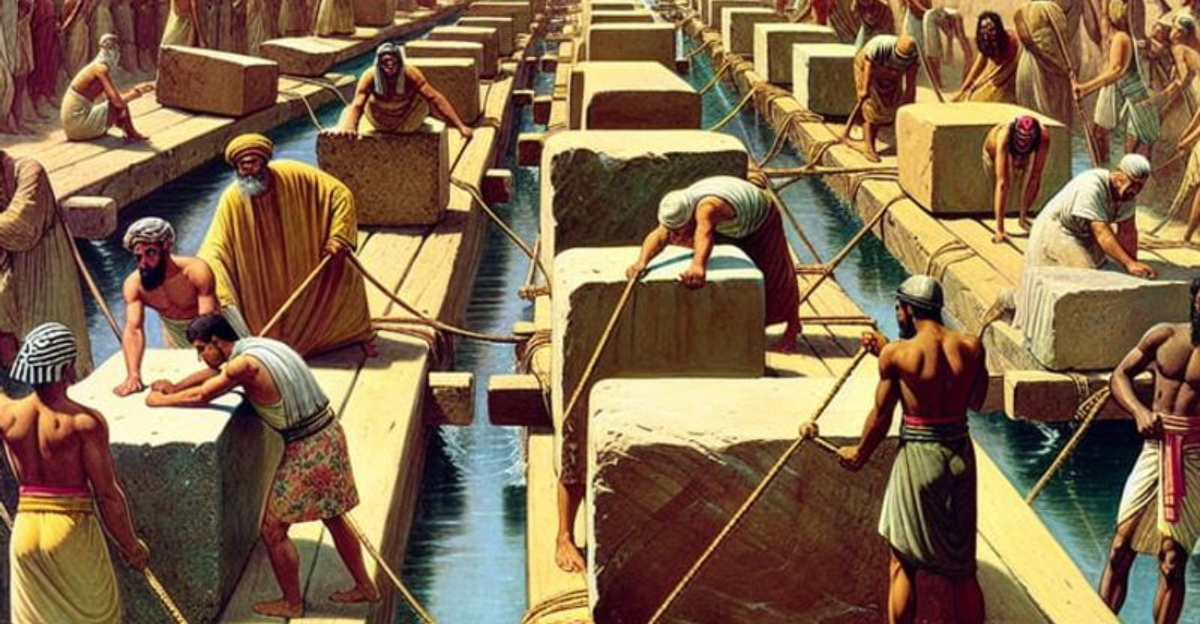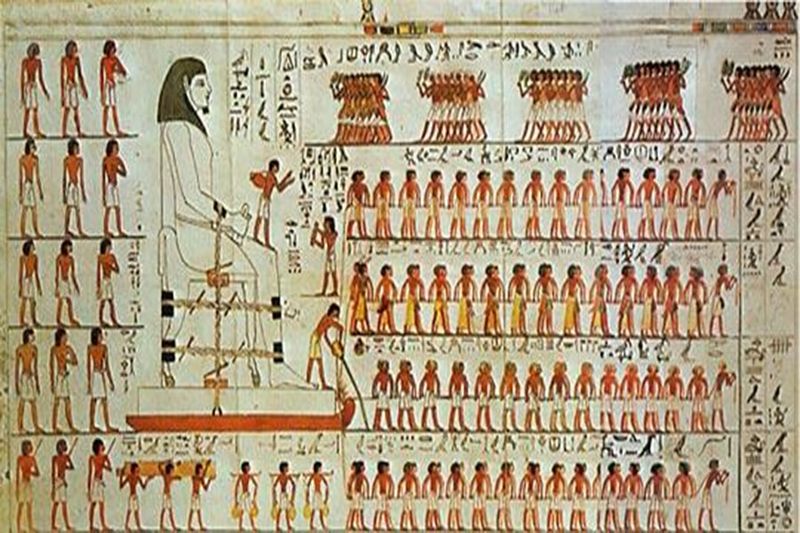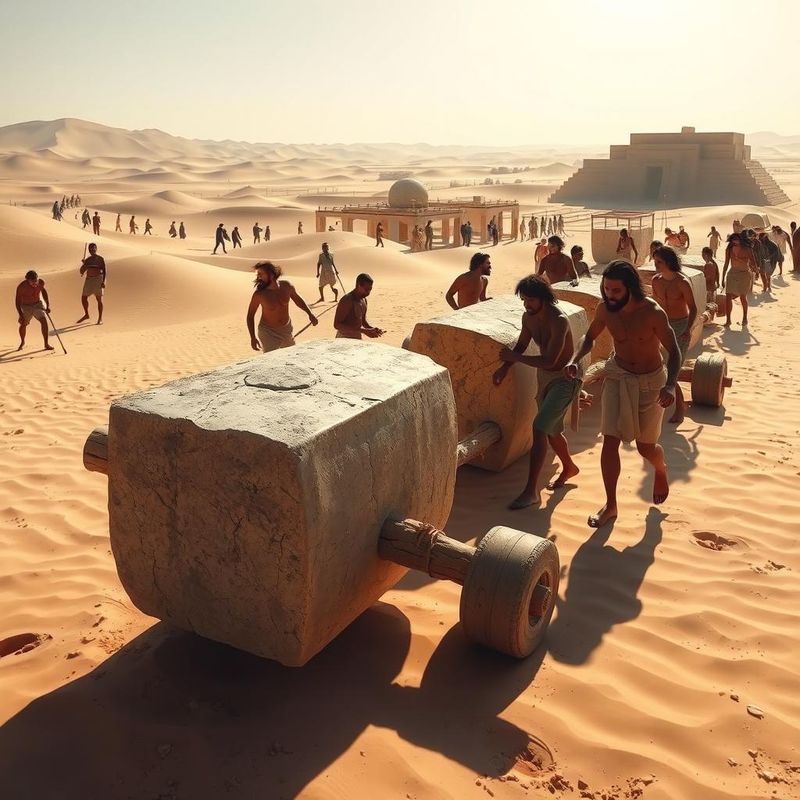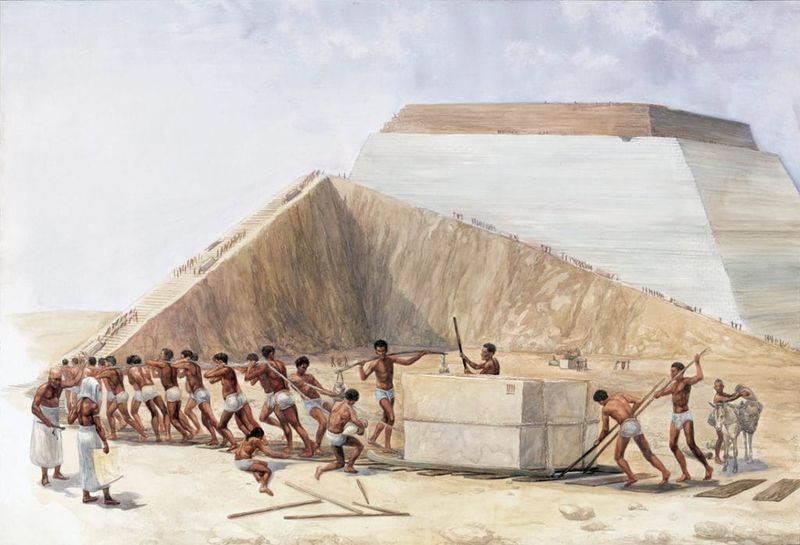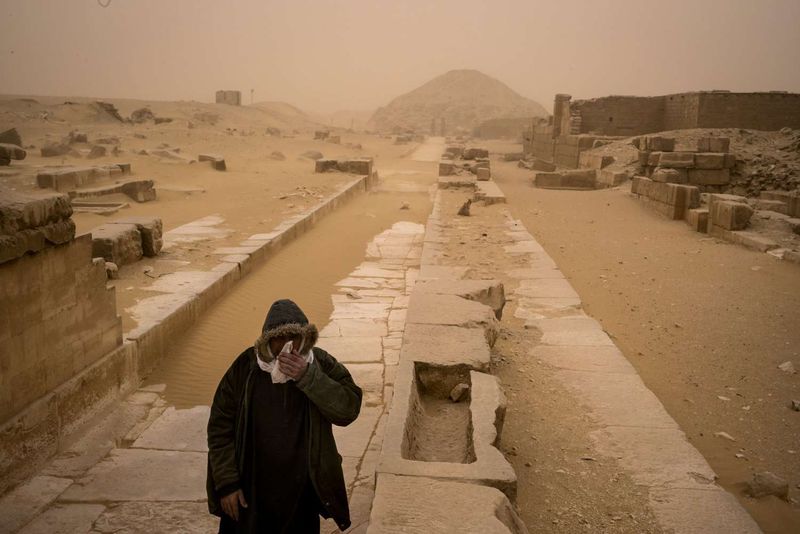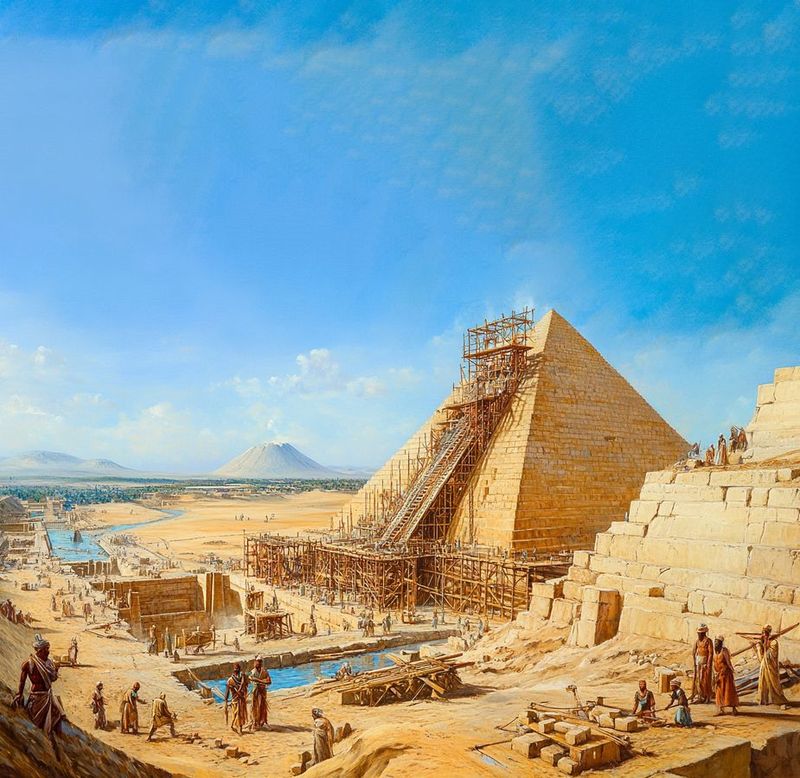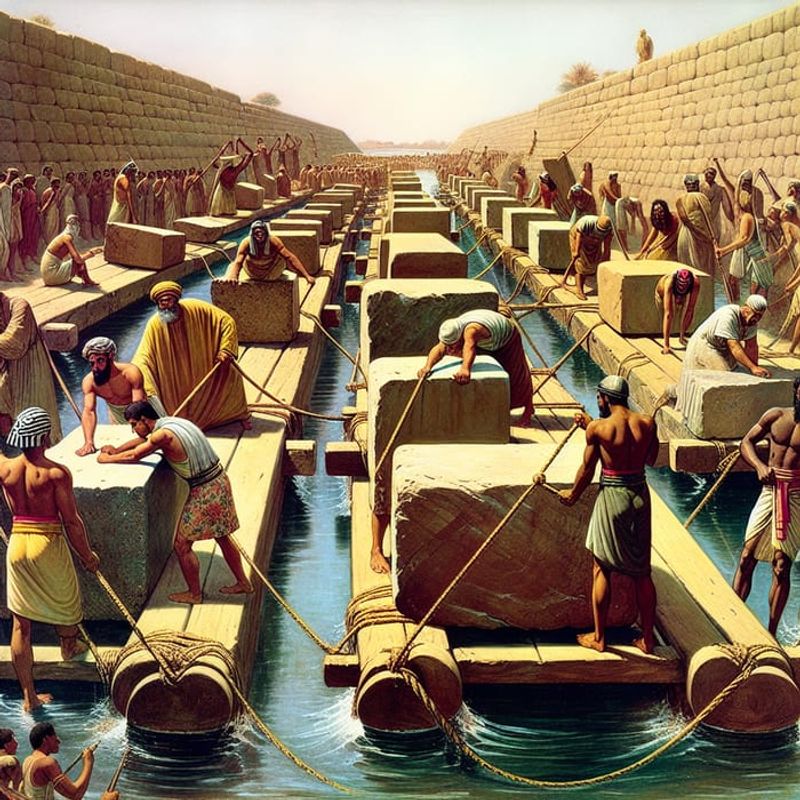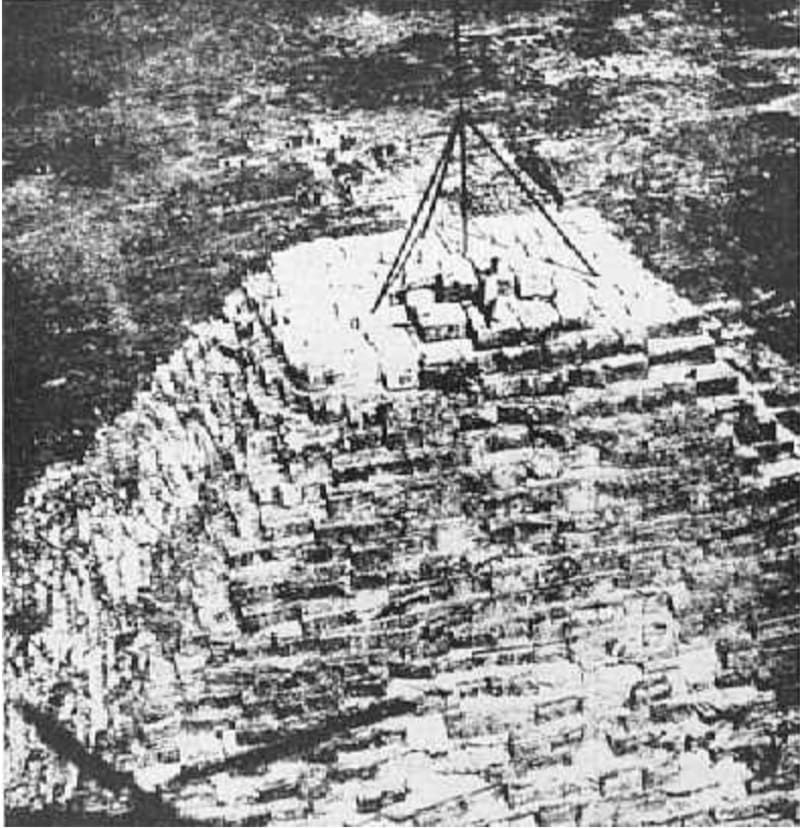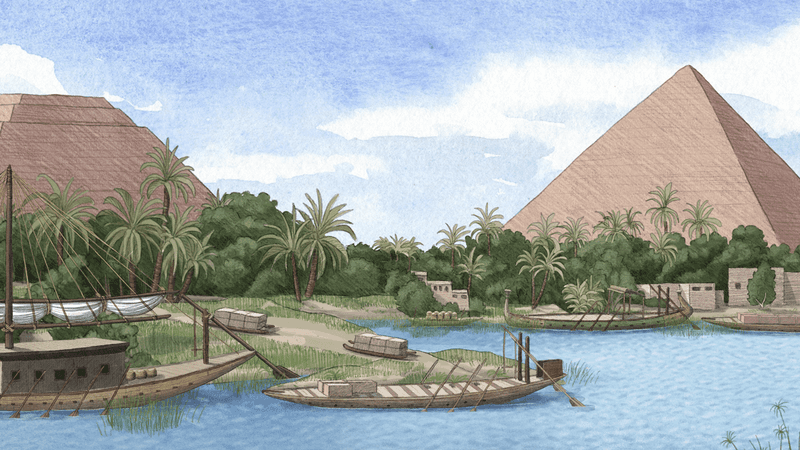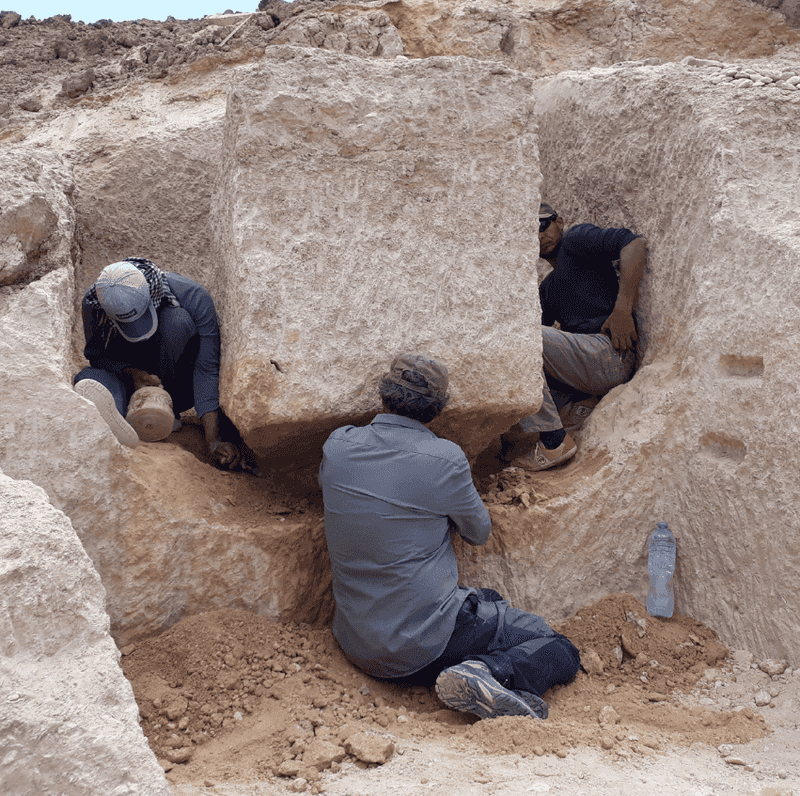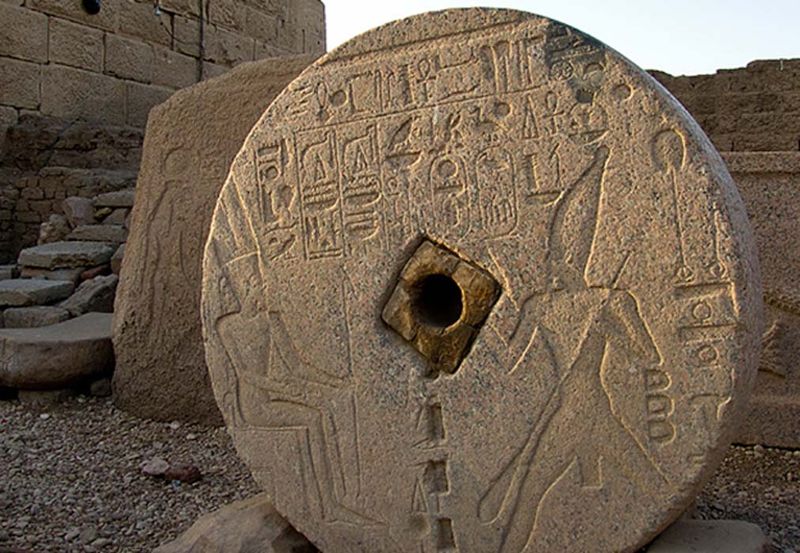The construction of the ancient Egyptian pyramids has fascinated historians and archaeologists for centuries. One of the most enduring mysteries is how the Egyptians managed to move massive stone blocks, some weighing more than 100 tons, across vast distances and into precise positions.
Various theories attempt to explain this feat, each offering a unique perspective on the ingenuity and resourcefulness of this ancient civilization. Here, we explore ten compelling theories that highlight the methods and tools that might have been employed by the Egyptians in their monumental building projects.
1. Wooden Sledges on Sand
This method is supported by a famous tomb painting, depicting laborers engaged in this ingenious technique. The simple act of wetting the sand reduces friction, making it easier to move the heavy blocks. The brilliance of this method lies in its simplicity, utilizing readily available materials and human perseverance. This theory not only highlights ancient creativity but also underscores the labor-intensive nature of pyramid construction.
2. Rollers Made from Logs
In a land where wood was precious, the idea of using logs as rollers seems both practical and extravagant. By placing logs beneath the stones, workers could roll them over long distances. It’s a technique that requires careful coordination and an understanding of physics. Despite wood’s scarcity, this method emphasizes the Egyptians’ ability to adapt and innovate with limited resources. The rhythmic rolling of stone over logs echoes the teamwork and precision needed to achieve such a monumental task. This theory paints a picture of an industrious society willing to push boundaries for greatness.
3. Lubricated Slipways
Workers drag the stones along these lubricated slipways, reducing resistance and easing the transport process. This method reflects a sophisticated understanding of materials and friction. By manipulating the surface, the Egyptians could move stones with greater efficiency. The image of stones gliding smoothly along these paths speaks to the clever use of natural resources. The method highlights an innovative spirit, showcasing the Egyptians’ ability to transform challenges into opportunities for advancement in construction techniques.
4. Ramped Causeways
Made from mudbrick or limestone chippings, these ramps provided a gradual incline for dragging stones upwards. The ramps are a testament to strategic planning and the Egyptians’ capability to engineer solutions for complex problems. By constructing these causeways, they could move blocks to higher levels of construction. This method exemplifies a calculated approach, blending practicality with architectural ambition. The ramps symbolize the Egyptians’ forward-thinking nature and their relentless pursuit of perfection in the art of building.
5. Spiral or Zigzag Ramps
This theory suggests that either an internal or external ramp allowed for incremental upward movement. The innovative design enables stones to be transported to great heights without excessive labor. By twisting around the pyramidal structure, these ramps demonstrate geometric elegance and functional design. The zigzagging paths represent a methodical approach to construction, allowing for controlled and steady progress. This theory highlights the Egyptians’ architectural genius, merging creativity with practical execution in their quest to build monumental structures.
6. Manpower and Ropes
The power of human strength and unity is at the core of this theory. By working in harmony, the Egyptians could move enormous blocks across challenging terrains. The use of chants or drums to synchronize efforts underscores the importance of teamwork and communication. This theory celebrates the human spirit and the collective force of an organized workforce. It also reflects cultural aspects of ancient Egypt, where communal efforts were vital to achieving grand architectural feats.
7. Cradle Rockers or Levers
This theory posits that levers or cradle-like devices helped move blocks with minimal lifting. By using simple machines, the Egyptians could harness mechanical advantages to achieve significant results. The rocking motion requires precision and balance, embodying a careful and strategic use of physics. This method emphasizes innovation and problem-solving, characteristics integral to Egyptian engineering. The cradle rockers symbolize the Egyptians’ ability to think outside the box, turning theoretical concepts into practical solutions for monumental challenges.
8. Canal Transport
This theory suggests that water transport minimized the need for overland hauling. The Egyptians’ skillful use of waterways underscores their understanding of geography and logistics. By utilizing the Nile, they could efficiently move stones to construction sites, reducing labor and time. This method highlights the integration of natural resources with human ingenuity. The canal transport theory paints a picture of a civilization adept at maximizing its environment to streamline complex processes, reflecting a harmonious relationship with nature.
9. Copper Tools and Quarry Tricks
In the quarries of ancient Egypt, copper tools chisel away at massive stones, preparing them for transport. Ingenious techniques, such as isolating blocks and using gravity, eased the burden of moving these colossal forms. This theory highlights the Egyptians’ expertise in quarrying and their ability to use available tools to their fullest. By leveraging gravity, they could guide stones downhill, simplifying the transport process. The use of copper tools and quarry tricks underscores a mastery of materials and environments. This method reflects the Egyptians’ resourcefulness and dedication to overcoming logistical hurdles.
10. Lost Technology or Ancient Knowledge
This fringe theory proposes that the Egyptians possessed advanced knowledge that allowed them to move enormous stones with ease. Mysterious artifacts and unexplained relics fuel speculation about lost techniques or tools. Whether through magnetic forces or other unknown means, this theory suggests a hidden aspect of Egyptian innovation. It invites curiosity and wonder, challenging conventional understanding of ancient capabilities. The notion of lost technology encapsulates the allure of the unknown, drawing us into a world where the line between myth and reality blurs.
